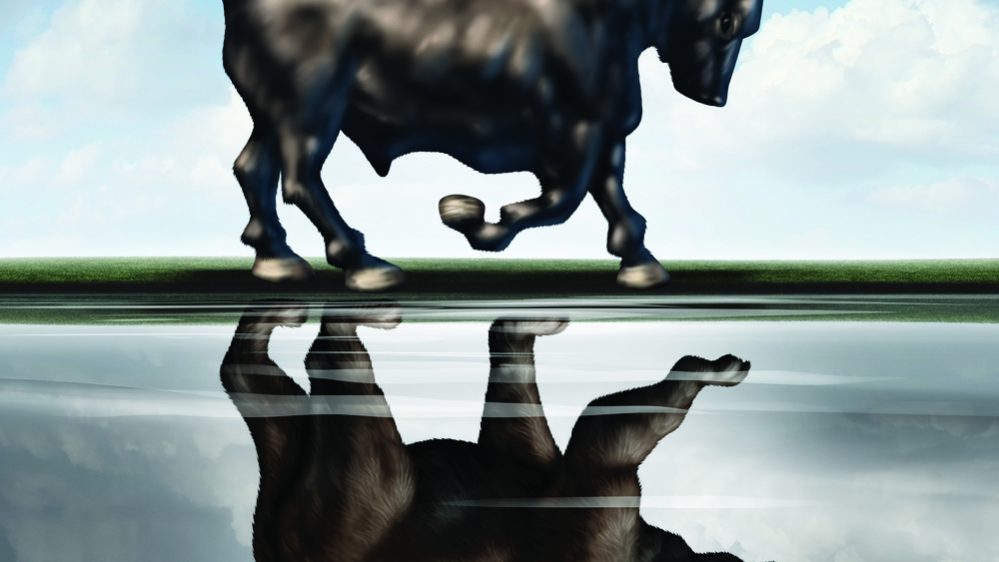The juxtaposition of a bull and a bear to describe capital markets is thought to have originated in the early 1700’s. Even though several stories exist, there is no definitive answer as to which, if any, is correct. The following is to help you sound well educated should this question come up at a future social engagement or in a passionate game of trivia.
The Bearskin Jobber
This is probably the most complicated and yet the most entertaining story of the three. It comes from a 16th century proverb that warns not “to sell the bear’s skin before one has caught the bear.” Much like the more modern day, “Don’t count your chickens before they hatch” or what I would tell my sons, “Don’t expect to pass the class if you don’t do the homework.”
The main character in this story is the bearskin jobber. I could be way off but I am envisioning a cross between Jerimiah Johnson and a used car salesman. The bearskin jobber was a middle man for the buying and selling of bearskins. His strategy was to sell skins that he did not yet own at a high price in hopes that, before he had to deliver the skins, he could buy them at a lower price.
Fast forward about 200 years, investors were practicing “short selling” in which they sold stocks they did not actually own. Their hope, like that of the bearskin jobber’s of earlier days, was to make a profit by purchasing the stocks at a lower cost before having to deliver on the contract. Investors who were engaged in short selling were (once again) called bearskin jobbers and short selling was known as “selling the bearskin.” Because short sellers thrive in declining markets, these became known as a “bear’s market.”
Side note: From the 1500s to 1835, a popular form of entertainment in England was bear and bull baiting. A vile practice that often included a restrained bull or a restrained bear and a loose pack of dogs. It is thought that this is where the concept of bulls being contrasted to bears originated.
17th Century London Stock Exchange
The second story has its origins in the London Stock Exchange of the 17thcentury. During this time, a highly technical tool was used to facilitate the trading of stocks. It was a board. When there was a high demand for stocks, the board was full of bulletins, often called “bulls” for short. When there was little demand, the board was “bare.” Therefore, when the market is up it is call a bull market and when it is down a bear (bare) market.
The Animals in Action
The final story is probably the easiest to remember. It comes from the way each animal attacks its opponent. The bull drives its horned head up while the bear swipes its clawed paws down. Hence why a bull market is when markets trend up and a bear market is when the markets trend down.

